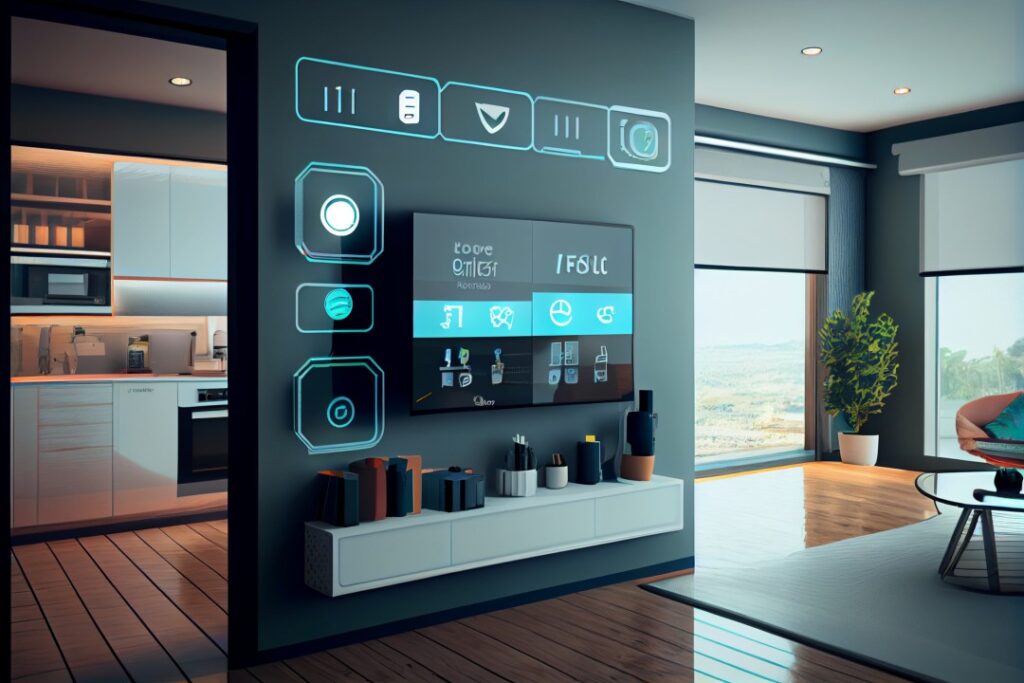
In today’s rapidly advancing technological landscape, the concept of smart homes has evolved from a futuristic dream to a present-day reality. Homeowners are increasingly seeking new home construction that seamlessly integrates advanced technology with sophisticated interior design. As the demand for new construction homes continues to rise, the importance of incorporating smart home features into these residences cannot be overstated.
The Rise of Smart Homes
Modern homeowners are no longer satisfied with just having a beautifully designed home; they also want their living spaces to be functional, efficient, and future-proof. This has led to a surge in the popularity of new construction homes that come equipped with smart home technology.
Key Features of Smart Homes
- Automated Lighting and Climate Control
- Smart lighting systems can be programmed to adjust based on the time of day or occupancy, enhancing both convenience and energy efficiency. Similarly, smart thermostats learn your preferences and adjust the temperature accordingly, ensuring optimal comfort while reducing energy consumption.
- Security Systems
- Modern security systems offer more than just alarms. They include smart cameras, motion detectors, and doorbell cameras that can be monitored and controlled remotely, providing peace of mind whether you are at home or away.
- Smart Appliances
- From refrigerators that can create shopping lists to ovens that can be controlled via smartphone, smart appliances are transforming the way we live. These appliances offer convenience and efficiency, making daily tasks easier and more enjoyable.
- Voice-Activated Assistants
- Devices like Amazon Echo and Google Home have become central hubs in smart homes. They allow homeowners to control various aspects of their home through simple voice commands, from playing music to managing other smart devices.
Integrating Technology with Interior Design
Integrating smart home technology with interior design requires a thoughtful approach to ensure that technology enhances rather than detracts from the aesthetic appeal of the home. Residential architects are adept at blending these elements seamlessly.
- Invisible Technology
- The best smart home designs incorporate technology in a way that is unobtrusive. This can include built-in speakers, hidden charging stations, and sleek, wall-mounted control panels that blend with the home’s decor.
- Functional Design
- Smart home features should be integrated into the design from the beginning to maximize their functionality and aesthetic appeal. This involves considering the placement of smart devices, ensuring they are easily accessible, and that their wiring is hidden.
- Customizable Spaces
- The flexibility offered by smart home technology allows for customizable living spaces. Homeowners can easily adjust lighting, temperature, and even the layout of their spaces to suit different occasions and moods.
Why Smart Homes are the Future
Architectural firms are well-versed in the latest trends and technologies in new home construction. The emphasis on sustainable and energy-efficient building practices makes many regions ideal locations for smart homes. Moreover, residential architects are skilled in creating designs that are both innovative and timeless, ensuring that your smart home remains relevant and functional for years to come.
Conclusion
The integration of smart home technology with interior design is shaping the future of new home construction. As the demand for new construction homes continues to grow, so does the need for homes that offer both aesthetic appeal and technological convenience. By working with experienced residential architecture firms, homeowners can create smart homes that are not only beautiful but also equipped to meet the demands of modern living.


